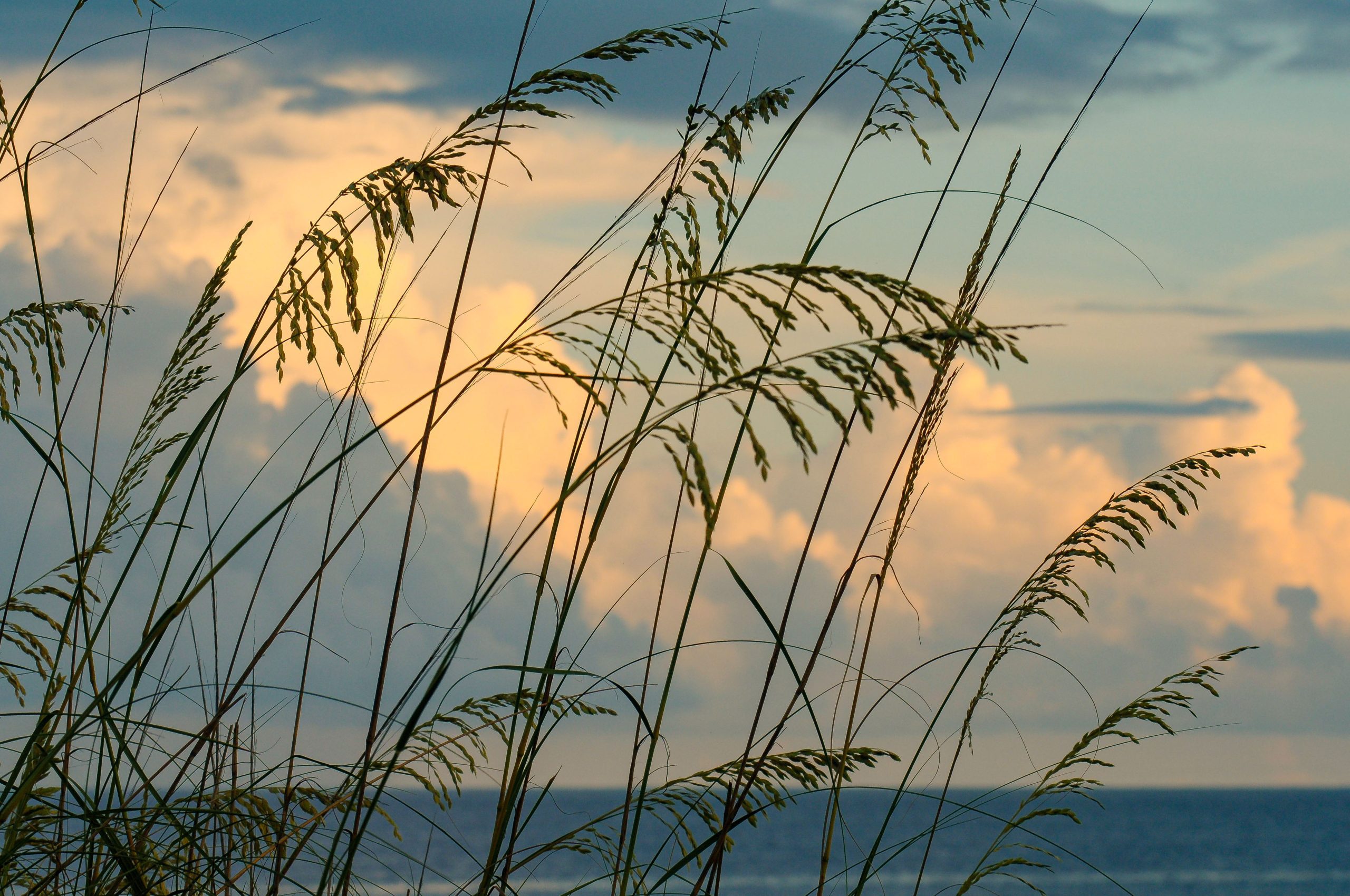Pine Knoll Shores, North Carolina. [NIKON D2X, Sigma APO 120-300mm F2.8 EX DG HSM, Mode = Aperture Priority, ISO 200, 1/160, ƒ/10, (35mm = 183)]
We often talk about being either an amateur photographer or a professional photographer. What is the difference between these two? The professional earns a living with their camera.
The workshops or seminars for most professionals frequently talk about how we as professionals must always remain amateur. Two of the three definitions in the dictionary refer to somebody who does or takes part in something for pleasure or is intensely interested in the subject. Only one of the definitions differentiates the amateur from the professional as more than pay, but somebody who has only limited skill.
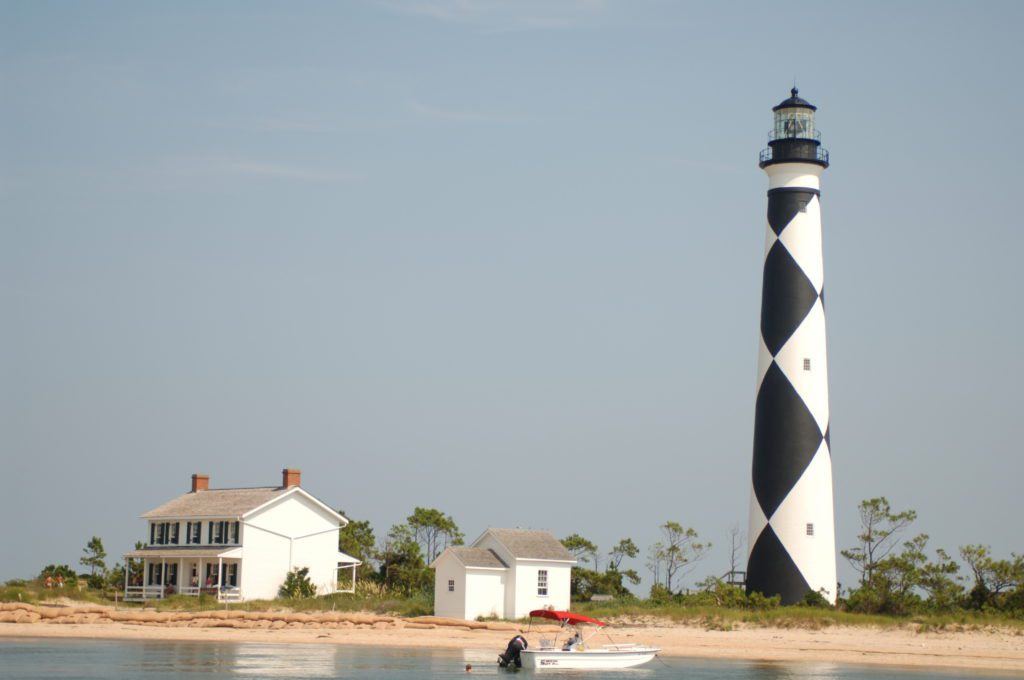
As you can see, our choice of words in describing a photographer can mean many different things. I was recently reminded about how diverse photography has become at my family reunion. I was trying to explain what I had done to my relatives.
While there are many amateur and professional photographers, I believe the one thing distinguishing most seasoned professional photographers from those who fall by the wayside is creativity. The Creative Photographer is by nature always trying to see the world in new ways.
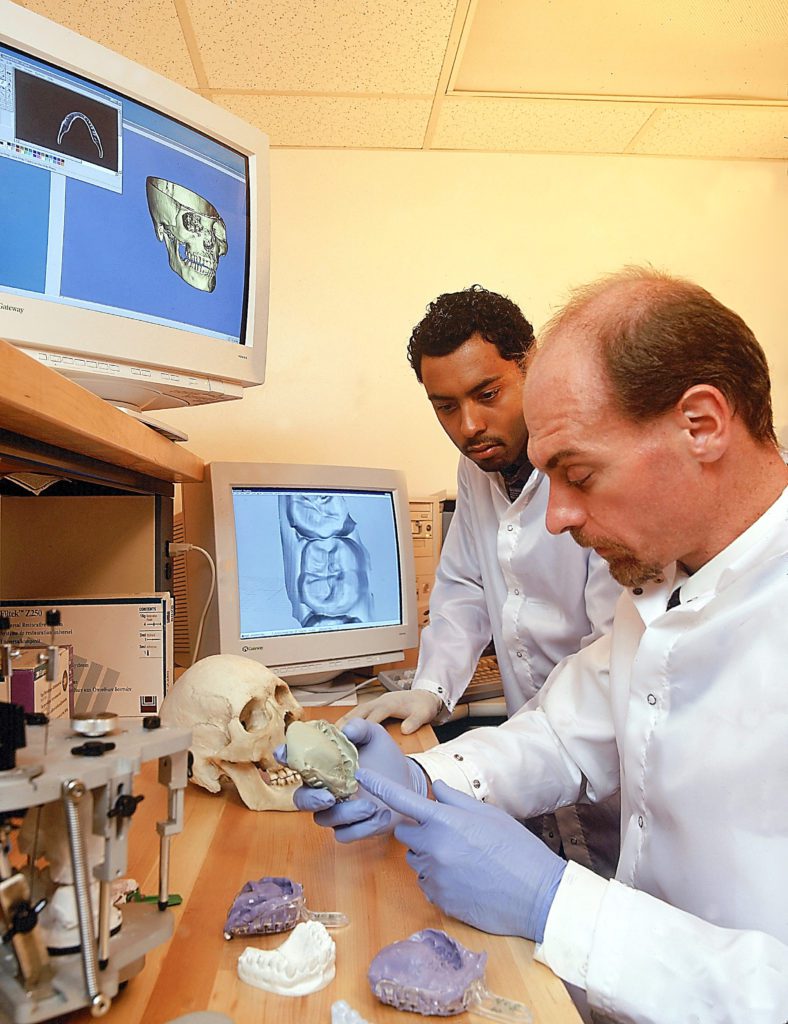
The Creative Photographer is rarely a generalist—yet can often handle most assignments. The Creative Photographer usually specializes and is often considered an expert in a subject outside their photography knowledge.
I have an uncle who also was a photographer. What was one of his specialties was wildlife. He was called on to write a column for a magazine where he often helped the reader to learn more about wild animals.
I have specialized through the years in different areas that typically involve people in a unique location. My primary specialties have developed into some areas of interest: Corporate Storytelling, Science/Technology; Religion; Sports, and Humanitarian.
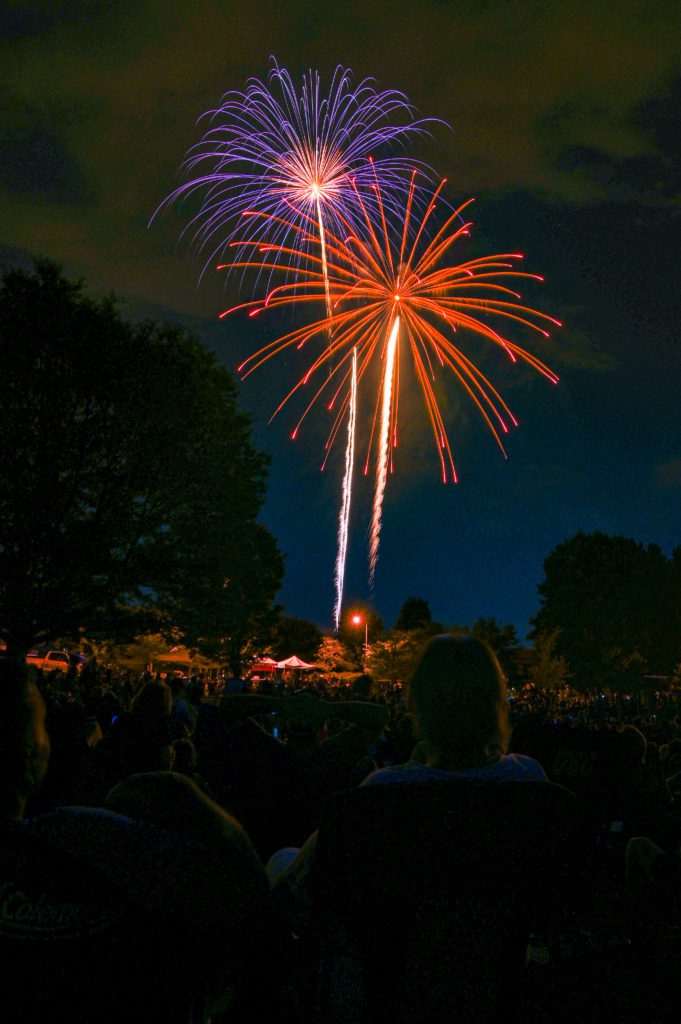
While still in my crib, my parents told me how I would take the screws out of the crib. I wanted to take things apart and know how they work. This grew through the years to me enjoying sound systems, cars, computers, and anything your typical geek may be interested in.
Growing up in a preacher’s family, I was surrounded by faith. This interest is still there today. After being active in my church, I went to seminary and earned my master’s. Today I work with a team-leading Missions Storytelling Workshops around the world.
I also spend much time working with Chick-fil-A as a consultant.
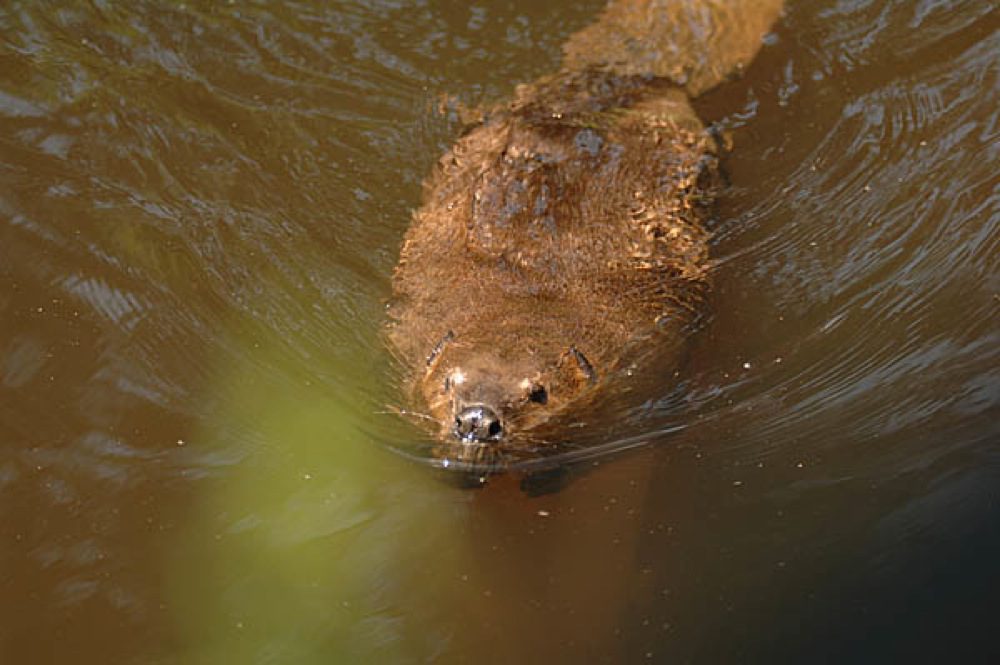
My earliest memories involved sports. I remember being taken to sporting events and later playing most sports in some league. Today I play basketball two or three times a week for exercise.
When I show up on a photo shoot for any of these areas, I am not just thinking about setting the camera or lights. I am thinking about what is going on and how a geek, theologian, or athlete would be interested in the subject. At the same time, my studies as a social worker helped me watch body language and capture a peak moment in my interest in science, faith, or sports, allowing me to know what to include and how much to inform the reader.
There have been times throughout my career when I struggled with how to capture the moment to communicate an idea. It was then I would gain new skills with photography to inform the reader better. However, I have been just curious most of my life to want to know more about these subjects. You will find books and magazines, and if I had kept all my pages from surfing the web, you could see that I wanted more about: science/technology, faith, or sports.
The Creative Photographer is often curious and a problem solver when it comes to knowing how to communicate to hook the reader and inform them about the world in which they live.
Give me a call so I can learn something new about your area and help you communicate with your audience. Everyone wants those who work on their projects to add creativity and improve their project.

